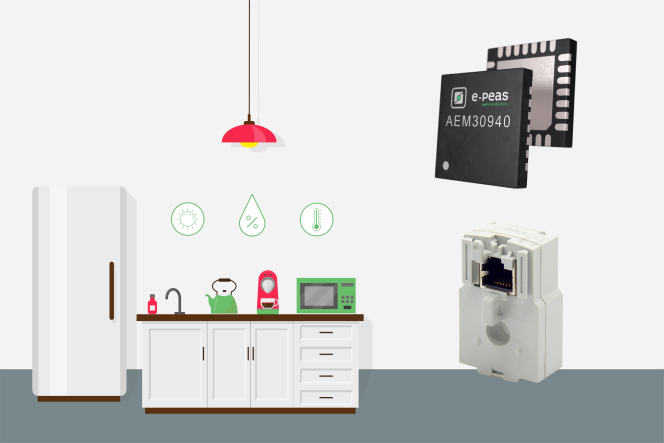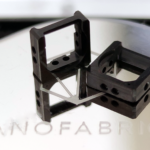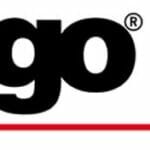3rd September 2020 – e-peas continues to lead innovation in the energy harvesting sector – this time through cooperation with French specialist in magnetic components TCT. By bringing together TCT’s engineering expertise in ferromagnetic cores with e-peas’ popular AEMS series of ultra-low power PMICs, the two companies have been able to develop an innovative energy harvesting platform that is based on induction. This will have huge potential within building automation and smart-grid deployments.
The companies have now demonstrated this platform in action. A video of it can be viewed here: https://e-peas.com/news/how-energy-can-be-harvested-using-magnetic-core-as-a-harvester/
The demonstration will consist of a compact TCT current generator accompanied by an e-peas AEM30940 PMIC. This current generator will be placed onto an electricity cable (carrying a few amps of AC current). Through induction it will be able to harvest energy from the AC current passing through the cable, with the AEM30940 (in combination with a semi-active rectifier) converting and managing the current delivered. The DC current will subsequently be used to power a connected hardware device comprising multiple sensors and Bluetooth Low Energy (BLE) beacon connectivity. An LED indicator is included to show that this is in operation.
The 3µW cold start power of the AEM30940, which is much lower than competing solutions, will prove pivotal in allowing energy to be efficiently harvested from the AC source. Also, thanks to low internal leakage exhibited by this PMIC, it will be able to take care of the storage of extracted energy and provide a regulated voltage to the connected low-power hardware. The AEM30940’s linear converters provide two independents regulated voltages, which thereby eliminates the need of any additional converters. The connected hardware will monitor ambient parameters (temperature, humidity and light levels) and will then transmit this data over the BLE link.
“By using inductance, battery-less control and monitoring units will have the functionality needed to draw energy from electrical cabling that is already deployed. The logistical difficulties of having to periodically replace battery cells can be completely avoided, presenting facilities management with greater convenience and lower operational costs,” states Alexandre Decombejean, Sales Manager at TCT. “The energy harvester attached to the cable is built around a specific soft magnetic material core with high permeability, and will reach an elevated output voltage even with a low current.”
“We have already been able to validate the effectiveness of e-peas technology in harvesting energy from thermal, vibrational, RF and photovoltaic sources. Now, by combining our technology with TCT’s, we have the ability to do so via inductance,” adds Christian Ferrier, CMO of e-peas. “This opens up an array of exciting new market opportunities for us as a leader company in energy harvesting and processing solutions.”
About e-peas
e-peas develops and markets disruptive ultra-low power semiconductor technology. This enables industrial and IoT wireless product designers to substantially extend battery lifespans and eliminate the heavy call-out costs of replacing batteries, without in any way compromising on reliability. Relying on 15 years of research and patented intellectual property, the company’s products increase the amount of harvested energy and drastically reduce the energy consumption of all power consuming blocks within wireless sensor nodes. Headquartered in Mont-Saint-Guibert, Belgium, with additional offices in Switzerland and the USA, plus a presence in Taiwan, e-peas offers a portfolio of energy harvesting power management interface ICs, microcontrollers and sensor solutions.
About TCT
Located in the Burgundy region of France, TCT is a respected specialist in the design and manufacture of high performance magnetic components. It has more than 60 employees and serves over 180 customers internationally. The company offers standard and custom-built products in a variety of sizes.








